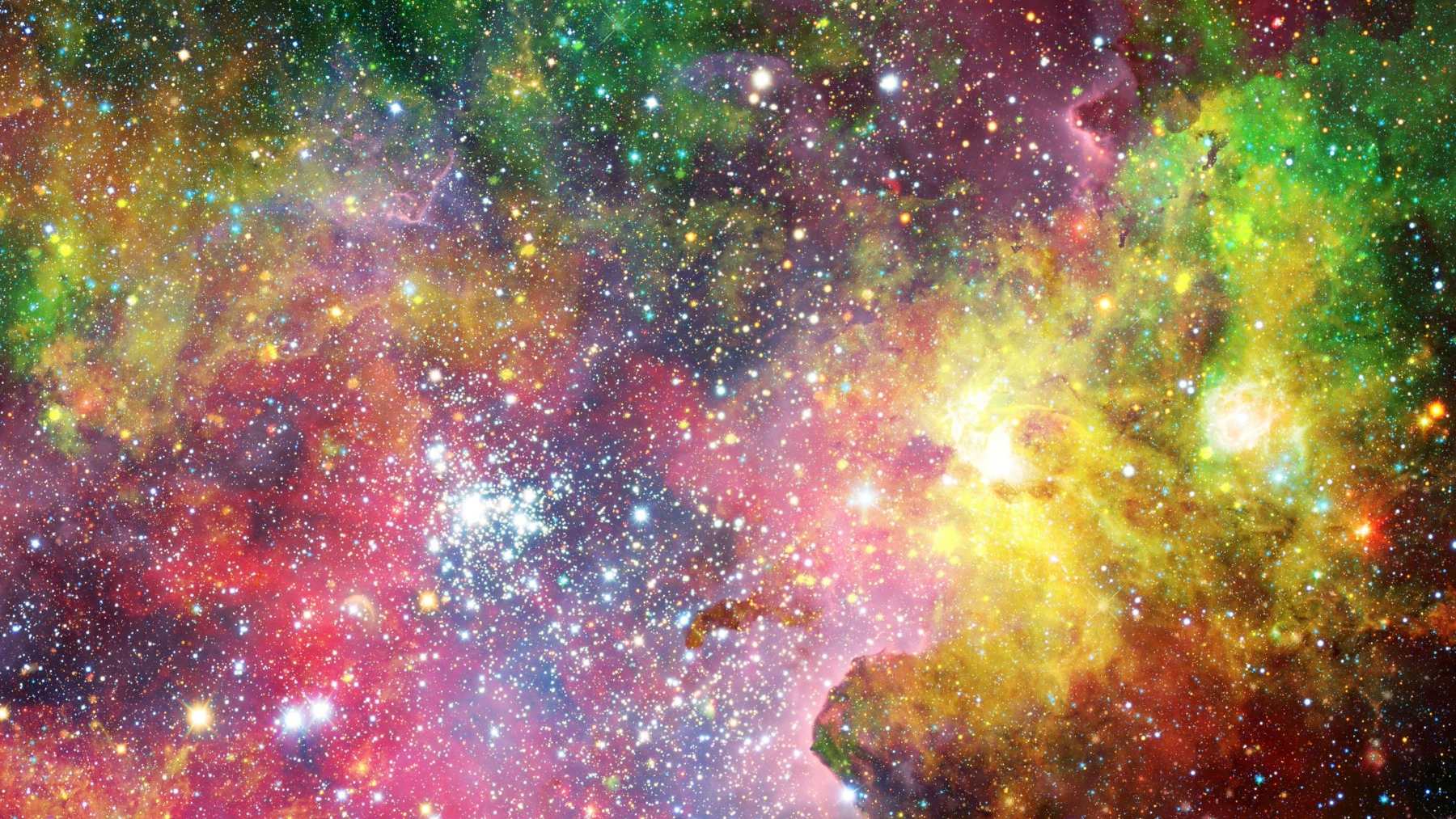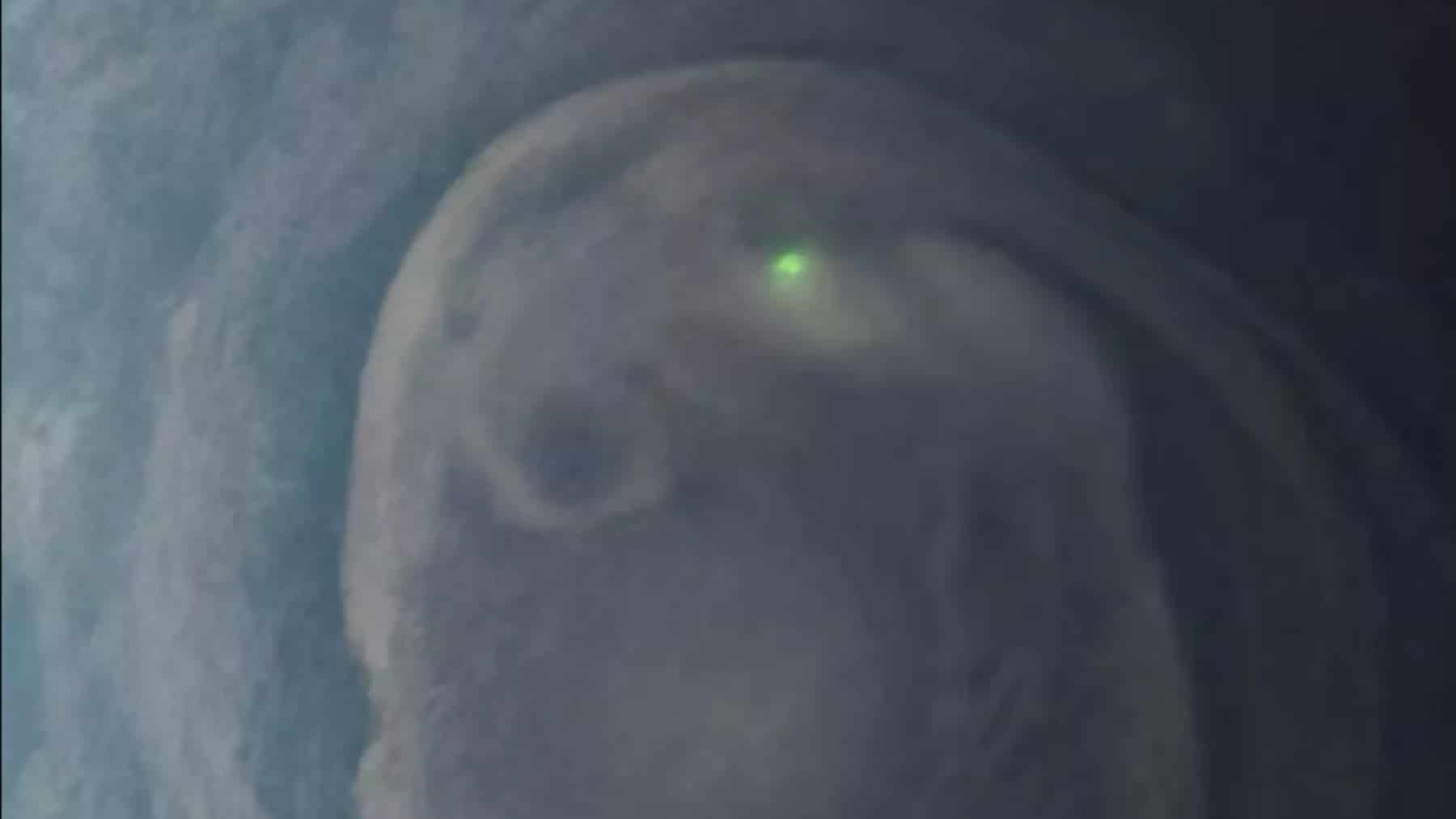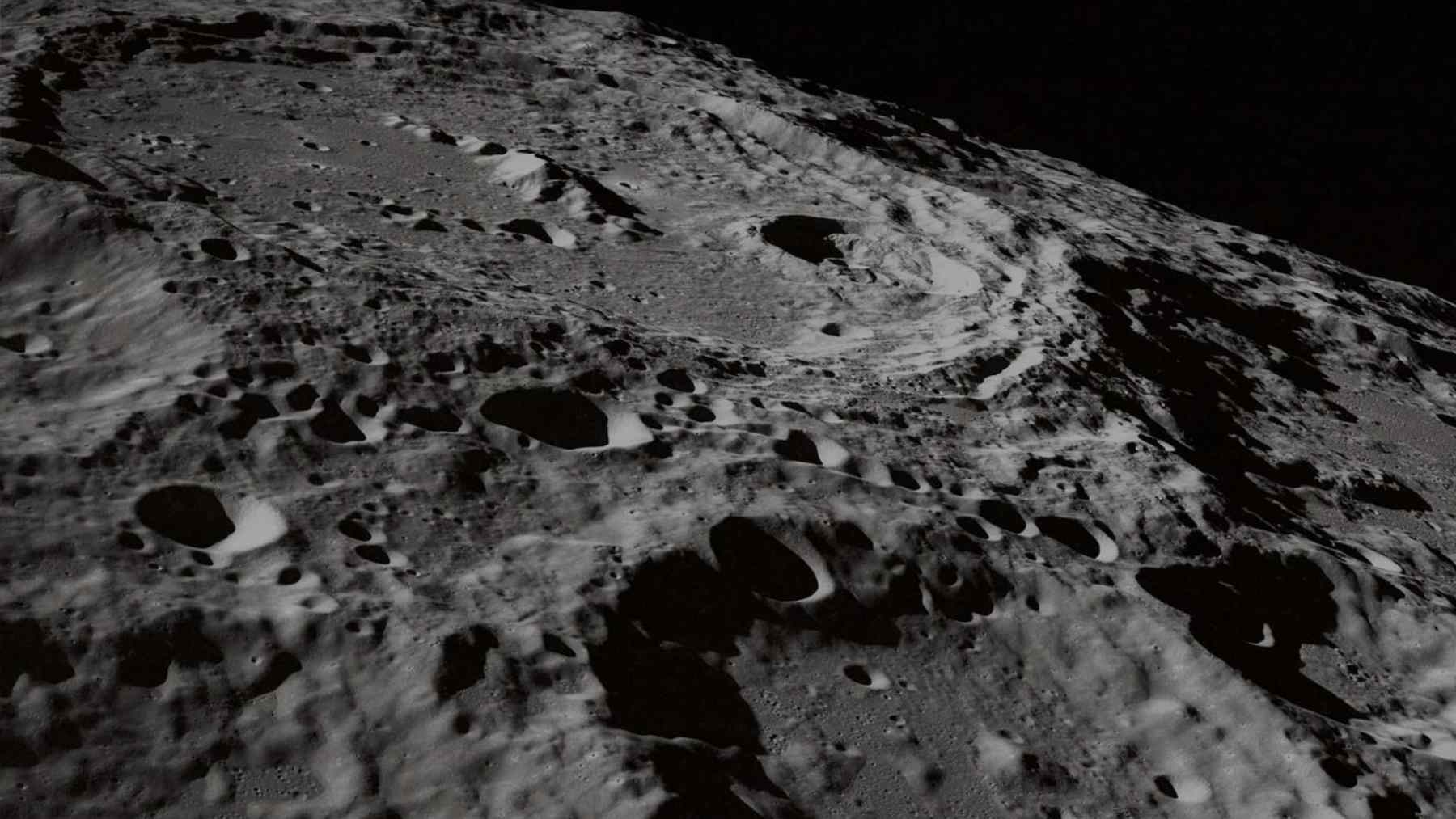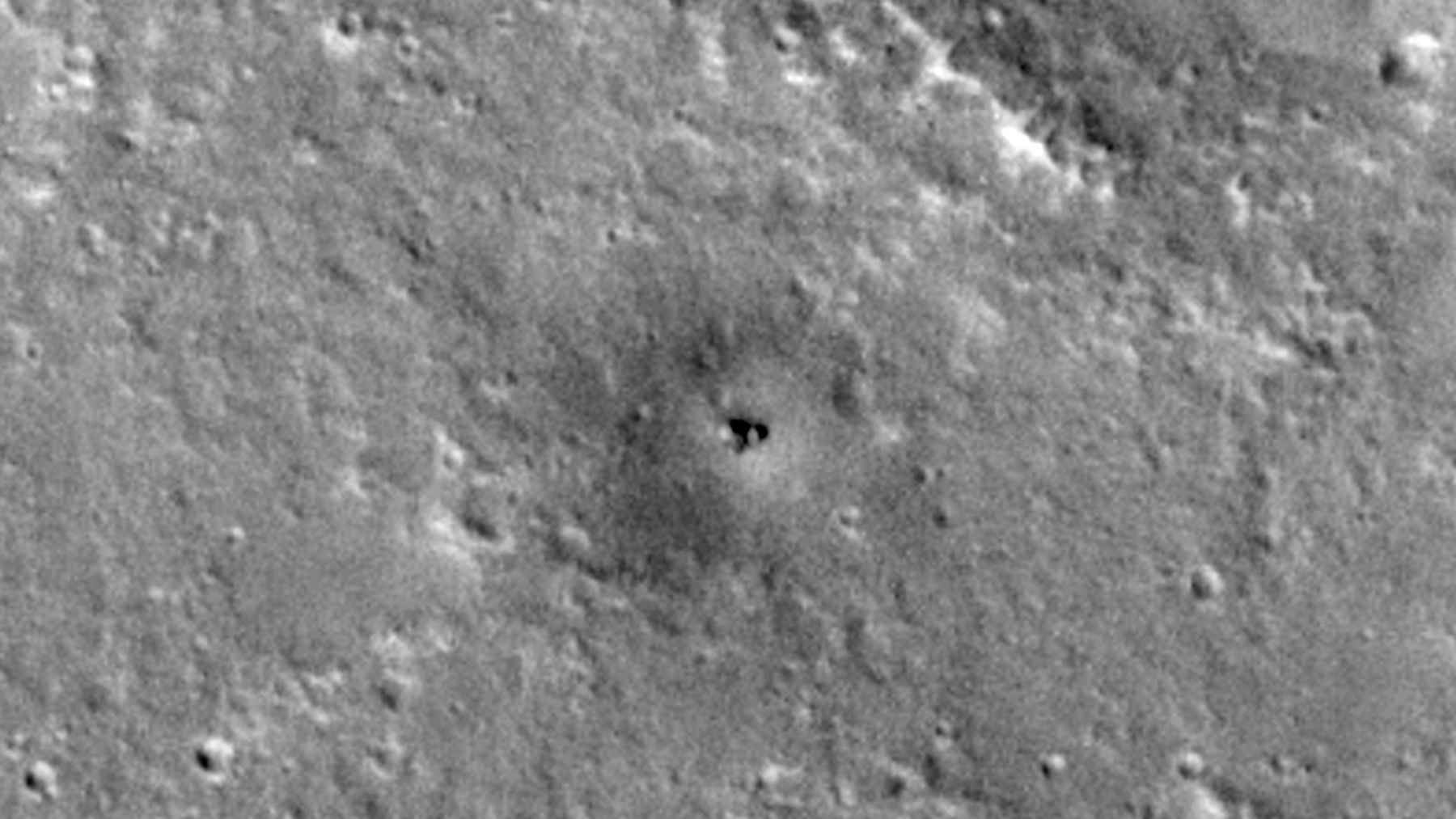NASA has made another groundbreaking discovery: 102 new colors detected in the most distant galaxies in the universe, something the human eye could never perceive. In April 2025, the SPHEREx space telescope was launched. The goal is to allow us to see space like never before, not only through innovative images, but also by capturing the chemical and historical traces carried by light. More discoveries can be expected in the future…
SPHEREx: The telescope that sees the invisible
First, to grasp how NASA found these 102 new colors, we need to understand the tool that made it all happen. That’s where the story begins, which helps us see how this changes what we thought we knew.
The Spectro-Photometer for the History of the Universe, Epoch of Reionization and Ices Explorer, known as SPHEREx, is NASA’s newest telescope, designed to map the entire sky in 102 different infrared colors. Unlike telescopes such as Hubble or James Webb, SPHEREx is essentially a cosmic spectrometer. This means it collects and analyses light from galaxies, stars, planets, and interstellar clouds to understand their composition, age, and evolution.
In other words, it doesn’t take pretty pictures, but reveals the hidden chemical signatures in light. It’s like transforming the universe into a symphony of colors, and through that, we can discover unprecedented facts.
How SPHEREx works and why it was created
SPHEREx works like a kind of heat-vision mapmaker for the universe. Instead of taking ordinary images, it scans the sky using 102 different spectral filters, each one tuned to catch tiny variations of infrared light. That means it doesn’t just see stars and galaxies, it sees their heat signatures, reaching deep into space and far back in time.
The plan is ambitious: map around 450 million galaxies across the entire sky, and do it not just once, but multiple times for its two-year mission. By repeating the scan, scientists can compare data over time and start to notice subtle shifts — patterns that could reveal how the universe is changing, even in the faintest corners.
Why was SPHEREx created? There are three main objectives:
- Explores how the universe began by studying the rapid expansion that followed the Big Bang. It’s no coincidence that NASA is getting closer and closer to understanding where we came from.
- Traces the history of galaxies by analyzing how their light has changed over time.
- Detects cosmic ices, like water and organic molecules, in clouds, discs, and comets, which could be clues to how life starts.
Another innovation brought by SPHEREx is its high precision and speed. It can capture millions of spectra per day, creating a 3D map of the universe in chemical and temporal colors.
Beyond colors: how SPHEREx sees water, ice, and life in the most distant galaxies
SPHEREx has a unique talent: it can see what our eyes can’t. While revealing colors hidden in the universe, it also looks into the basic ingredients that make life possible. One of its main goals is to understand how water and organic compounds are spread across space.
The telescope focuses on what scientists call “cosmic ices”, like frozen water, methane, carbon dioxide, and organic molecules found in interstellar clouds, forming planetary discs, and comets. By mapping millions of these regions, SPHEREx helps researchers figure out how these life-essential elements moved through the cosmos and ended up in planetary systems like ours, offering clues about how life might have started on Earth, and maybe even somewhere else.
SPHEREx was built for big things, but what makes it truly exciting is its ability to spot the unexpected. Because it scans the entire sky over and over again, it can catch sudden events in action: a supernova going off, a comet passing by, or the dim flicker of a distant asteroid. One example is the possible existence of Planet Nine in our solar system.















